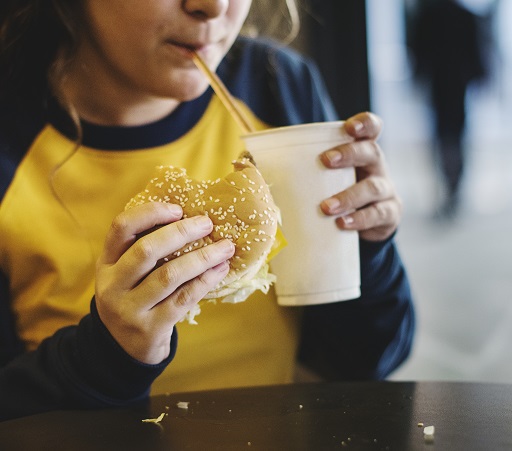4 Ads of our time: are teens susceptible to food ads in digital media?
Later, in their teens, young people are expected to be able to make what is often referred to as ‘better choices’ about their food. Yet their views of food, and their expectations and feelings about it, are affected by the media they consume – and when using social media they largely encounter advertising for unhealthy foods, that uses immersive, entertaining, and emotionally engaging techniques that encourage users to like and share, linking in their friends and spreading marketing messages through their networks. This makes the advertising particularly powerful in ways that counteract young people’s growing ability to understand what is healthy and why. Importantly, it also affects the other ways that they perceive food – as an item that expresses fun, excitement, being young, physically active and part of friendship groups. And research such as this paper from Public Health Nutrition [Tip: hold Ctrl and click a link to open it in a new tab. (Hide tip)] has shown that watching food brand video content on YouTube and seeing favourite food brands advertised online is linked to consuming more unhealthy foods and drinks in young people aged 10 to 16 years.
In the short article Ads of our time Mimi Tatlow-Golden discusses what psychology can tell us about teens’ susceptibility to food ads in digital media.
Mimi Tatlow-Golden’s research ‘See, Like, Share, Remember: Adolescents’ Responses to Unhealthy-, Healthy- and Non-Food Advertising in Social Media’ also shows that social media ads for unhealthy foods have a stronger impact on teens than ads for healthier foods or for non-foods (e.g., sports, electronics, games, clothes or makeup brands). This impact is seen in multiple ways, ranging from how long they look at the ads, through how they rate others, and how well they remember them. Teens pay more attention to ads for unhealthy items; they rate people their age more positively when they see unhealthy food ads in their social media feeds, and they are more likely to share this content with their peers. Finally, they remember these unhealthy food brands more than other brands when asked about them afterwards.

